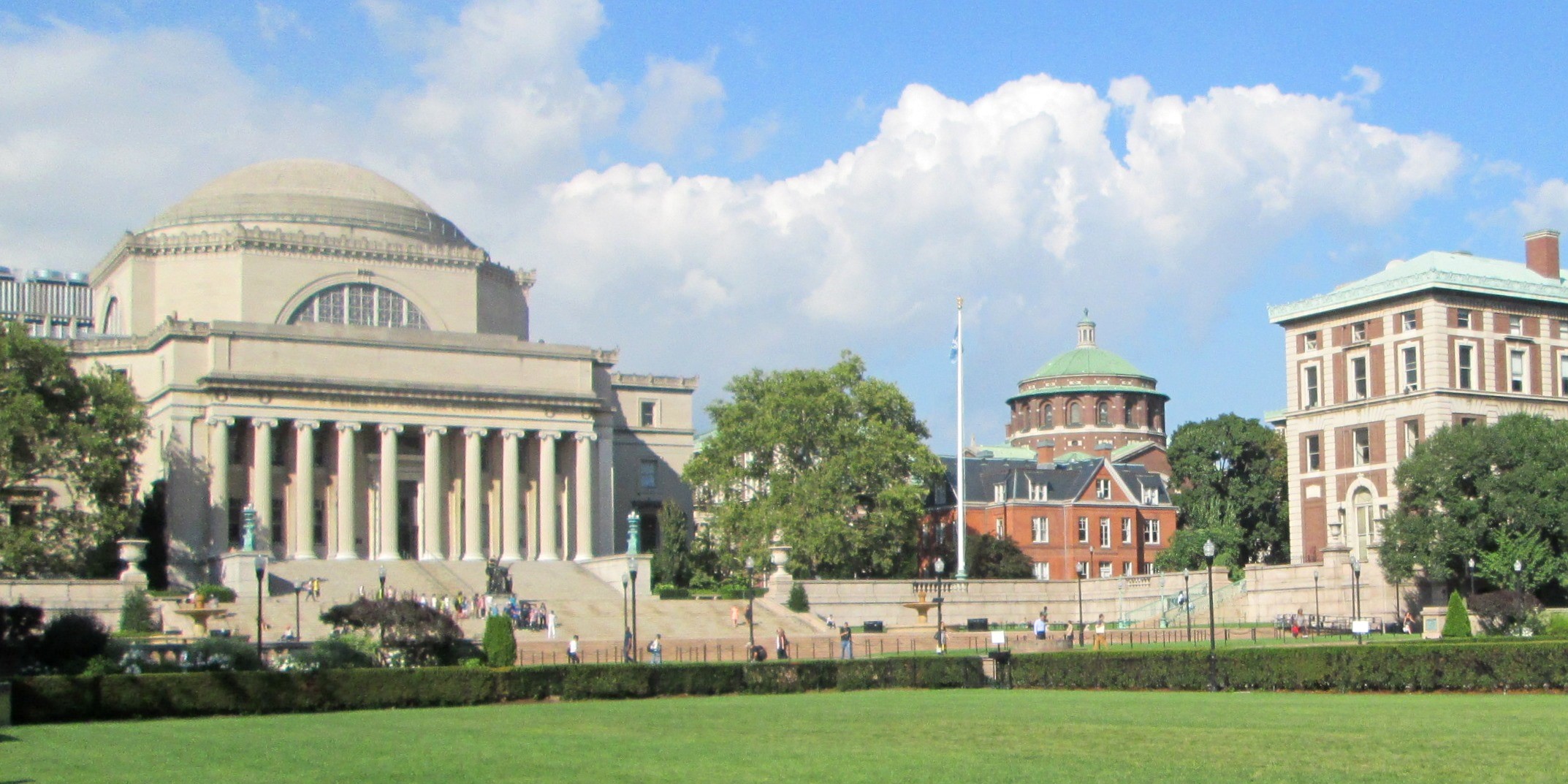Nearly seven months after the start of the pro-Palestinian protests at Columbia University, the NYPD entered campus on Thursday to disperse a student gathering and carry out mass arrests for the first time since 1968. Hundreds of students set up tents and occupied parts of the South Lawn in front of Butler Library for more than 30 hours before the NYPD stepped in. In an open letter to the student body, the president of Columbia Minouche Shafik stated that the gathering posed a clear and present danger to the functioning of the University, justifying her request for the NYPD to intervene. What remains concerning, however, are the repeated unilateral and arbitrary measures taken by the president and the administration of Columbia against student gatherings, often involving violations and misuse of internal university regulations.
In her letter requesting NYPD assistance on Wednesday, President Shafik asserted that she had “determined that the encampment and related disruptions pose a clear and present danger to the substantial functioning of the University.” This invocation of authority under §444f of the University Statutes suggested a perceived urgency requiring immediate action by the president. However, NYPD’s John Chell contradicted this assessment following the arrests, stating that “the students who were arrested were peaceful, offered no resistance whatsoever and were expressing their views in a peaceful manner.”
The contradiction from the NYPD raises questions about the accuracy of the initial assessment and the proportionality of the response. The statute’s use implies a threshold of emergency that was evidently not met, as all relevant sources suggest no indication of violence or incitement to such during the gatherings. This suggests a potential misuse of the emergency provision by the president, which can be challenged under Article 78 of the New York Civil Practice Law & Rules.
Article 78 entails that a university’s disciplinary actions against its students or student organizations must be in accordance with the University’s internal rules and should be proportionate. It is evident that the gathering of April 18 did not constitute a violent protest or a clear threat to the property of Columbia University. As such, the imposition of a measure like police intervention to disperse the gathering and leading to more than 100 students being arrested seems plainly disproportionate.
Moreover, Shafik’s premise that the gathering disrupted the university’s functioning seems somewhat exaggerated. The core function of the University, being an academic one, was not disrupted by the protest as the South Lawn is not used for classes, nor is it the only outdoor space on a huge campus such as Columbia’s. In cases when outdoor classes occur at the request or initiation of Professors, there are many spaces available inside campus aside from the two South Lawns, including: the West and East Lawns, including Hamilton Lawn, Furland Plaza Lawn, Kent Lawn, Lewisohn Lawn, Low Plaza, Math Lawn North, Math Lawn South, Philosophy Lawn, and Revson Lawn. Unilaterally judging its occupation as disruptive to the learning environment without an endorsement of such a view from the University Senate’s Executive Committee or other relevant offices at Columbia is conceptually flawed.
April 18 was not the first time the administration of Columbia has used the police against student protesters. In 1968, large-scale protests broke out following the war in Vietnam and the construction of a gym in Morningside Park to which the surrounding black residents would have limited access. Instead of dialogue and discussion on student demands, the University cracked down, bringing hundreds of NYPD officers on campus and leading to 700 arrests and 100 students injured. After the protests, a fact-finding university commission assigned to finding the root cause of the crisis noted that the administration had displayed an authoritarian attitude and disregard for due process and that students felt that they had no voice, a similar situation to today.
What seems to have led to Thursday’s situation is the suspension in November of 2023 of the two student organizations leading the gatherings, namely Students for Justice in Palestine (SJP and Jewish Voices for Peace (JVP). When SJP and JVP were suspended, the administration argued that they violated the university’s procedural rules governing campus events, as the protest of November 10 was unauthorized. However, the two groups were given no notice of the planned suspensions or any opportunity to contest the decision within institutional channels. Accordingly, Columbia did not consult the relevant internal bodies responsible for approving such a decision, most notably the Student Governing Board (SGB), under which both groups were registered. Taken together with the fact that none of the other groups that participated in organizing the protest of November 10 faced disciplinary action, it suggests, according to the NYCLU, that the suspension resulted from the content of their advocacy and not because of a violation of Columbia’s rules.
Overall, Columbia aggravated the situation by unilaterally and arbitrarily punishing members of the student community by misusing its own rules, creating an environment that does not uphold the school’s oath of freely and safely engaging in political expression and keeps checks on authoritarian decisions against its students.
The author is a JURIST staff writer and a recent graduate of Columbia University.


